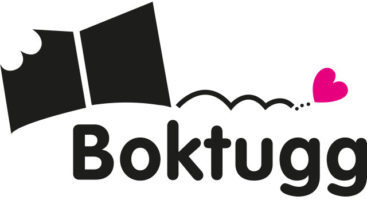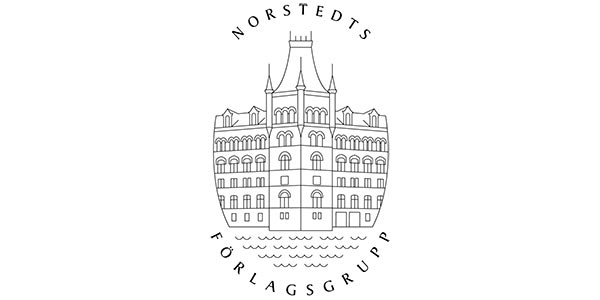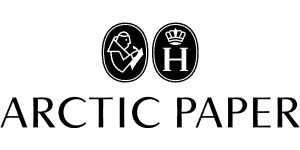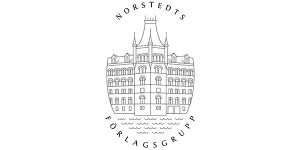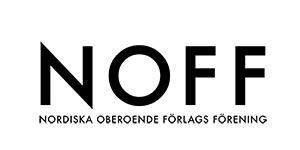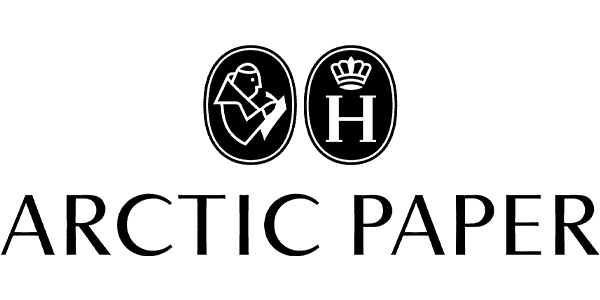
Children retelling stories : responding, remembering and reshaping
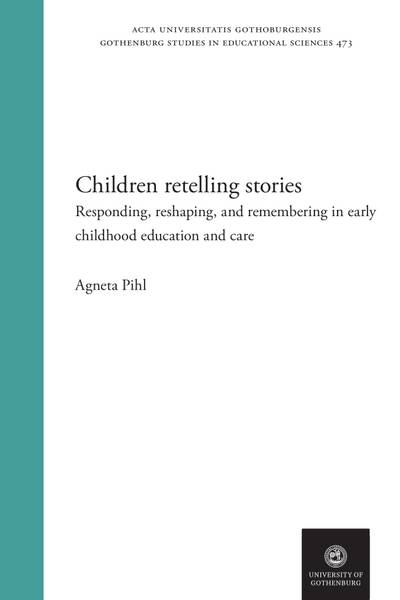
| Serie | Gothenburg Studies In Educational Sciences |
|---|---|
| Författare | |
| Förlag | Acta Universitatis Gothoburgensis |
| Genre | Pedagogik |
| Format | Häftad |
| Språk | Engelska |
| Antal sidor | 137 |
| Vikt | 448 gr |
| Utgiven | 2022-12-09 |
| SAB | Eabf.02 |
| ISBN | 9789179631178 |
Oral storytelling is a prevalent cultural practice for sense-making. Through stories, people get to know themselves, others, and the world around them. Children are introduced to this practice at home and in early childhood education and care (ECEC). The present research concerns oral retelling in a Swedish preschool setting. Its overarching interest is how children orally retell stories they have been told. More specifically, how processes of responding, remembering, and reshaping unfold in children’s retelling activities are of analytical interest. The thesis consists of three empirical studies involving children aged three to five years. The analytical focus of Study I is on whether, and if so how, the children consider the understanding of the listener(s) when retelling stories. The analytical focus of Study II is on how the children remember, and reshape, stories in retelling activities. The analytical focus of Study III is on how the children indicate the intellectual and emotional states of fictional characters when they retell stories. The theoretical framework informing these studies is a sociocultural perspective, conceptualizing communication, learning, and remembering as contingent on cultural tools and practices. The empirical data consist of 21 video recordings of storytelling activities. Analytical work was guided by the principles of Interaction Analysis. Analysis of the meta-markers children use in their storytelling reveals that they do take into account the understanding of their listener(s) when retelling stories, if not consistently so (Study I). An analysis of how one focus child retells the same story in different constellations shows how she remembers details from the story told by the teacher and the very manner of how it was told and how she transforms the story into what more readily makes sense to her (Study II). Finally, the findings clarify how the children indicate the intellectual and emotional states of the characters in the stories they retell. They do this in three ways: through explicating (mental state terms); gesturing and facial expressions; and sound symbolism (Study III). The thesis has significance for our understanding of children, their storytelling, responding, remembering, and processes of reshaping. The findings here contribute to a more general reconceptualization of children’s capacities to understand. The thesis has implications for early childhood education and care as a socially just practice, valuing all the communicative means children use.
